Op-ed: Protecting Karst in Coastal BC
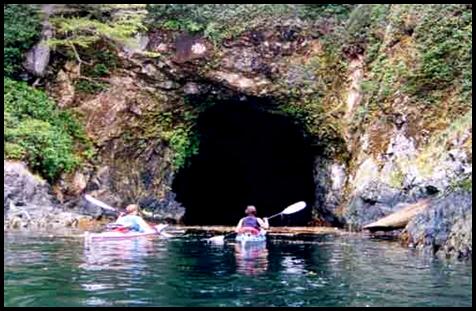
Figure 1. Paddlers cautiously approach a cave in Barclay Sound, Vancouver Island.
There is something special, and especially sensitive, in BC’s coastal forests – karst. Karst is formed by water dissolving limestone over many thousands of years, creating shafts, sinkholes, caves, disappearing streams and springs. About 10% of BC has bedrock that is suitable for karst formation, largely concentrated on Vancouver Island and Haida Gwaii. The abundant rainfall of BC’s coastal rainforest makes our karst features among the most dynamic on earth. That’s why the Forest Practices Board has recently published a special report on protecting karst in coastal British Columbia.
The most obvious public interest in karst is recreational – BC’s karst caves attract caving enthusiasts from around the world to marvel at the stalactites, stalagmites, “moon milk” and “cave pearls” that are deposited during the cave formation. Karst caves also have scientific value because they preserve fossil records from prehistoric times. They have cultural values as well – karst caves were used by First Nations peoples for shelter, burial sites and ceremonial purposes. However, karst is significant for many other reasons. Dissolved nutrients, fractured bedrock and well-drained soils make karst terrain highly productive for growing forests, as well as supporting rare and diverse animal and plant communities. Overall, karst is a valuable resource with direct economic and environmental values.
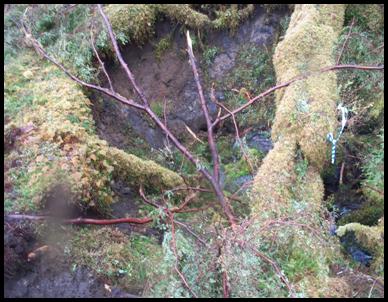
Figure 2 Small sinking stream fails to indicate the fragile nature of this karst ecosystem. Photo courtesy of MoFR.
Karst terrain is particularly sensitive to damage from forest practices because its fractured nature allows water to move rapidly through it. Logging debris, sediments and pollutants introduced into karst by water flows, as well as road building, can all damage karst features. Heavy equipment and blasting can cause physical damage, soil erosion and sediment transfer, interrupt natural surface and subsurface drainage patterns, and collapse caves, especially those with thin ceilings. To avoid damage, forest practices do not necessarily have to avoid karst areas, but will often have to be modified.
Preventing damage to karst features is easier said than done. Karst tends to be visible because indicators such as cave entrances, limestone outcrops, disappearing streams and sinkholes are reasonably obvious. However, the sensitivity of those karst features is not easy to assess. Protection of shafts , sinkholes, small disappearing streams and springs requires field assessment by professionals.
However, contractors and equipment operators can help by recognizing these features in the field and either modifying their activities to avoid damage or alerting a licensee to bring in specialized professionals.
A government Karst Management Handbook, available at http://www.for.gov.bc.ca/hfp/publications/00189/Karst-Mgmt-Handbook-web.pdf, has many suggestions to assist equipment operators and contractors to minimize impacts of forest practices on karst. For example, it is often better to use existing roads, landings and quarries near karst features rather than building new ones. Operators should try to maintain natural drainage patterns as much as possible in karst areas. Drilling and blasting should be minimized but if these practices are necessary, minimum charges, blasting mats and other techniques should be used to prevent rock fragments from damaging surface karst features or blocking streams flowing into karst areas.
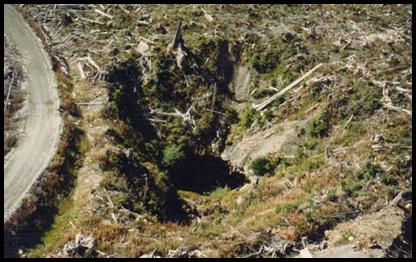
Figure 3 The surface and subsurface components of forested karst ecosystems. Photo courtesy of Island.Net
The regulation of forest practices has changed recently to place more responsibility on licensees, their contractors and equipment operators to deal with karst features and karst terrains. Under the Forest Practices Code of BC Act, government was responsible for managing and conserving karst. Now, under the Forest and Range Practices Act (FRPA), individual forest districts can simply make orders that designate karst features as “resource features” via FRPA’s Government Actions Regulation [1] . If so designated, the Forest Planning and Practices Regulation requires that a person carrying out harvesting, silviculture or road construction or maintenance ensure that those practices do not “damage or render ineffective” resource features. That leaves it is up to licensees and their employees and contractors to decide how to ensure that their field practices meet this test.
Recently, the Queen Charlotte Islands Forest District manager implemented the first karst identification order in B.C. Similar karst orders are likely to follow in other coastal districts. The order identified three types of karst features as “resource features” wherever they occur in that district:
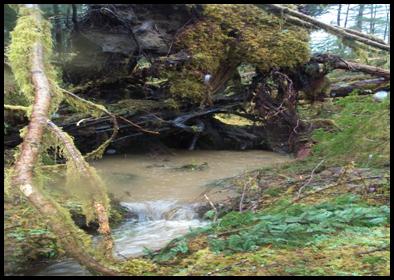
Figure 4. Surface karst features include karst springs. Photo courtesty of MOFR
Those orders rely on forest companies and machine operators to recognize and avoid damage to karst. If karst is damaged by inattentive or uninformed licensees or operators, it is not yet clear what level of damage would trigger a penalty . Physical damage such as blowing up karst formations during road building may be fairly obvious, but what test will district managers apply to determine if forest practices “render” a significant karst feature “ineffective”?
FRPA encourages, but does not require, licensees to use professionals to design and carry out forest practices that protect karst. The main incentive for licensees to employ professionals is to be able to use the defence of due diligence.
If identified karst resource features are damaged, a licensee can avoid a fine by proving due diligence, which means taking all reasonable care to avoid doing the damage. Reasonable reliance upon a professional’s opinion or recommendations would be a strong indicator of such care. Still, reasonable reliance may be difficult for karst because no single professional body has the necessary expertise. This is a complex subject, where geoscientists, engineers, biologists, hydrologists, foresters and archaeologists may need to work together. Nevertheless, there are karst experts available in B.C. and the suggested management practices in the Karst Management Handbook can also help inform forest workers.
How effective will licensees be at protecting karst in coastal BC from damage due to forest practices? The answer remains unknown. We know that karst is a resource that, particularly on the BC coast, is sensitive to damage from forest practices. Government no longer protects karst by checking and approving forest practices. Instead, those who carry out forest practices must themselves determine how best to carry out forest practices in a way that avoids damaging identified karst features.
This shift of responsibility for karst stewardship, from government to industry, requires that licensees, their professionals, contractors and equipment operators all learn about karst, its identification, its sensitivity and its protection. More information on karst can be found in an on-line training course on the Ministry of Forests and Range website at http://www.for.gov.bc.ca/hfp/training/00008.
Dr. Bruce Fraser, Chair
Forest Practices Board
